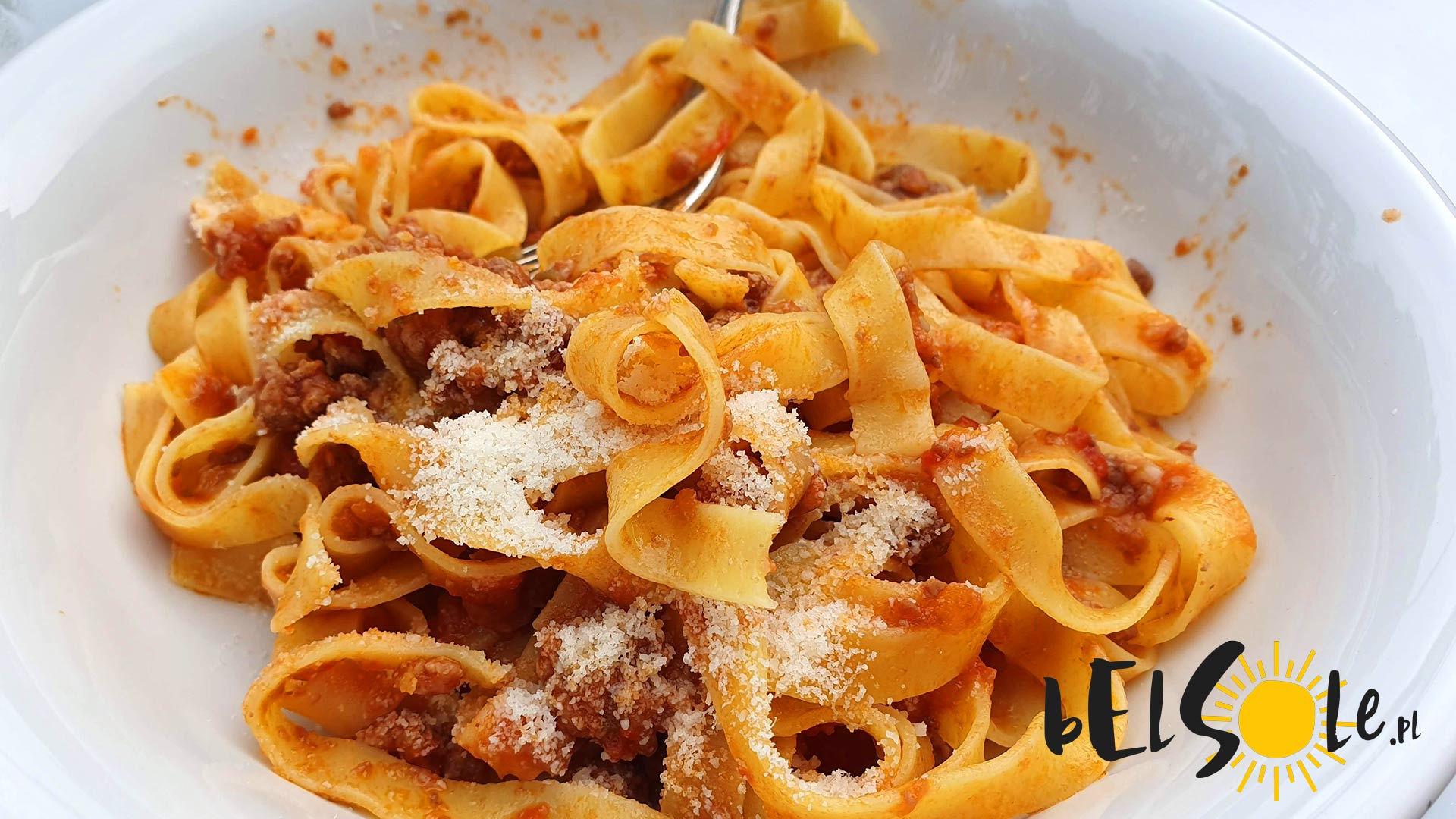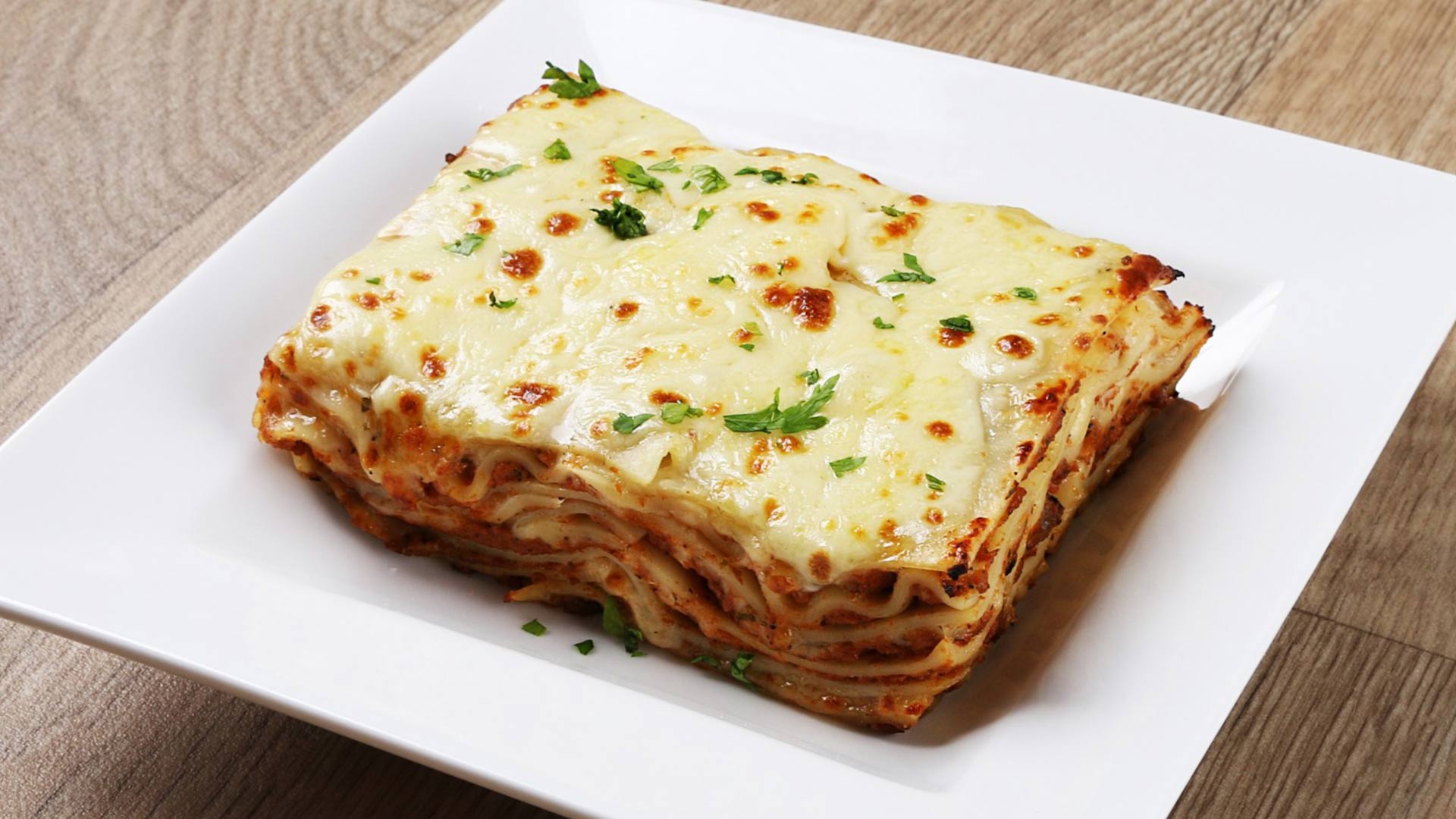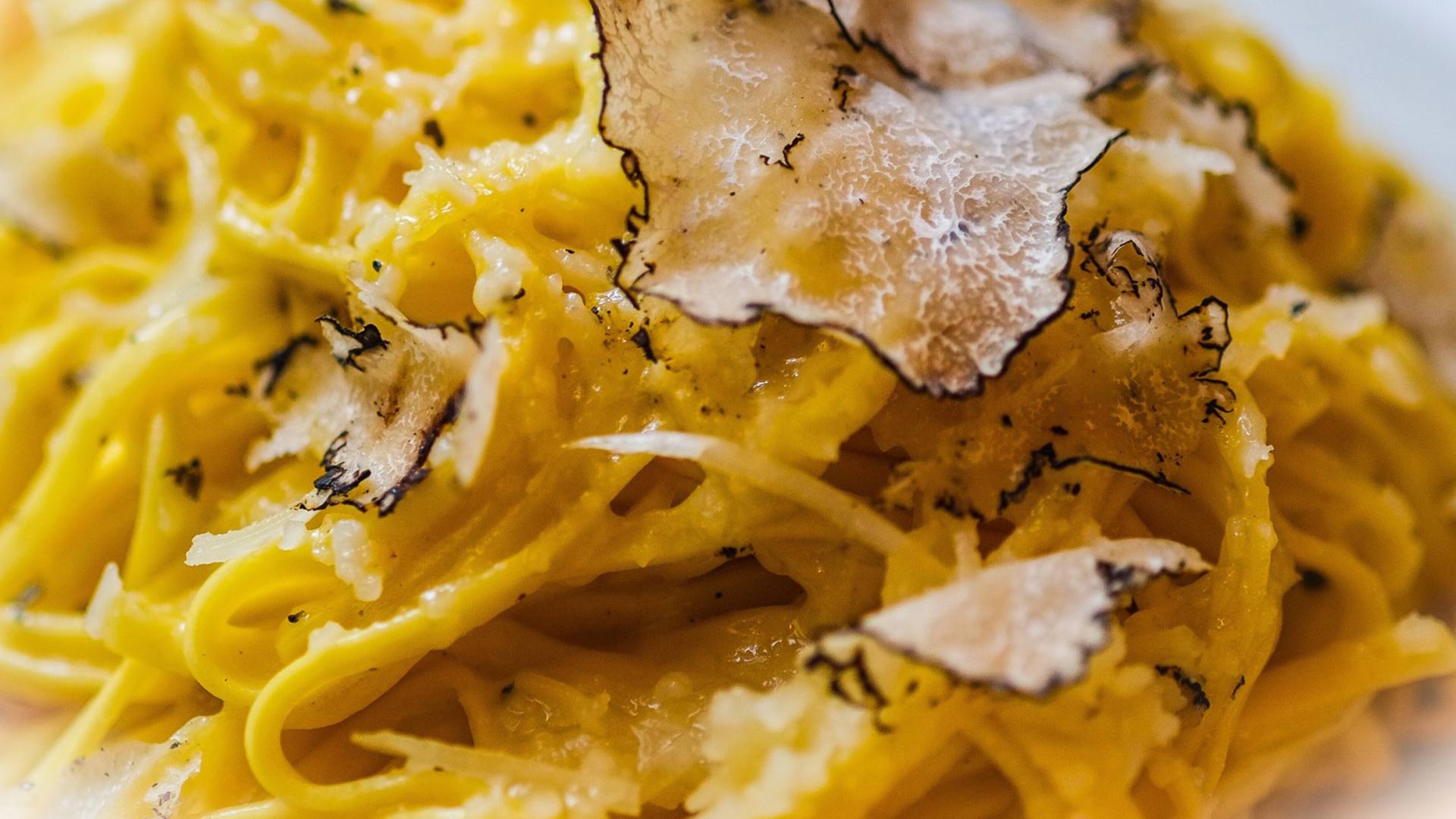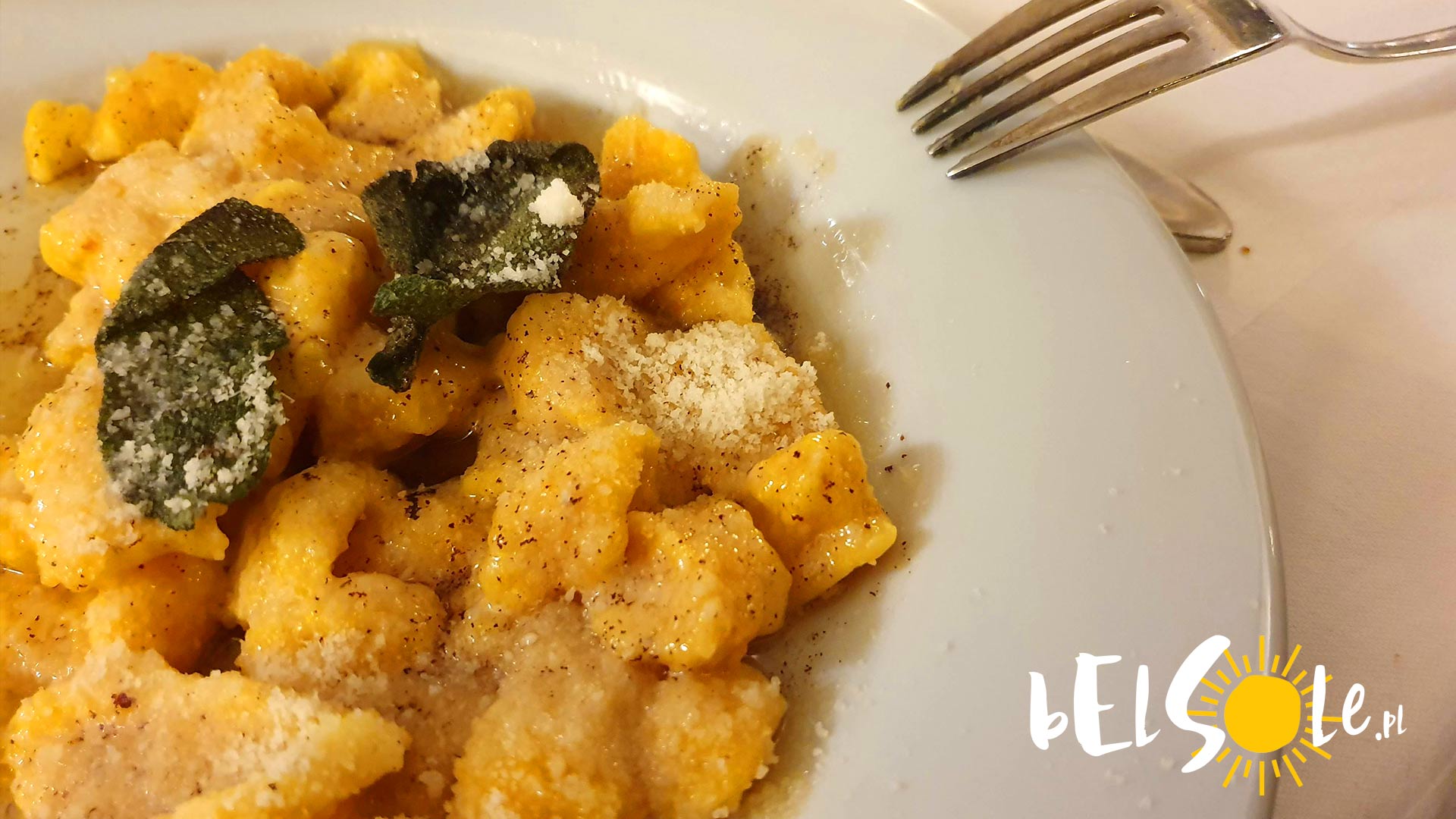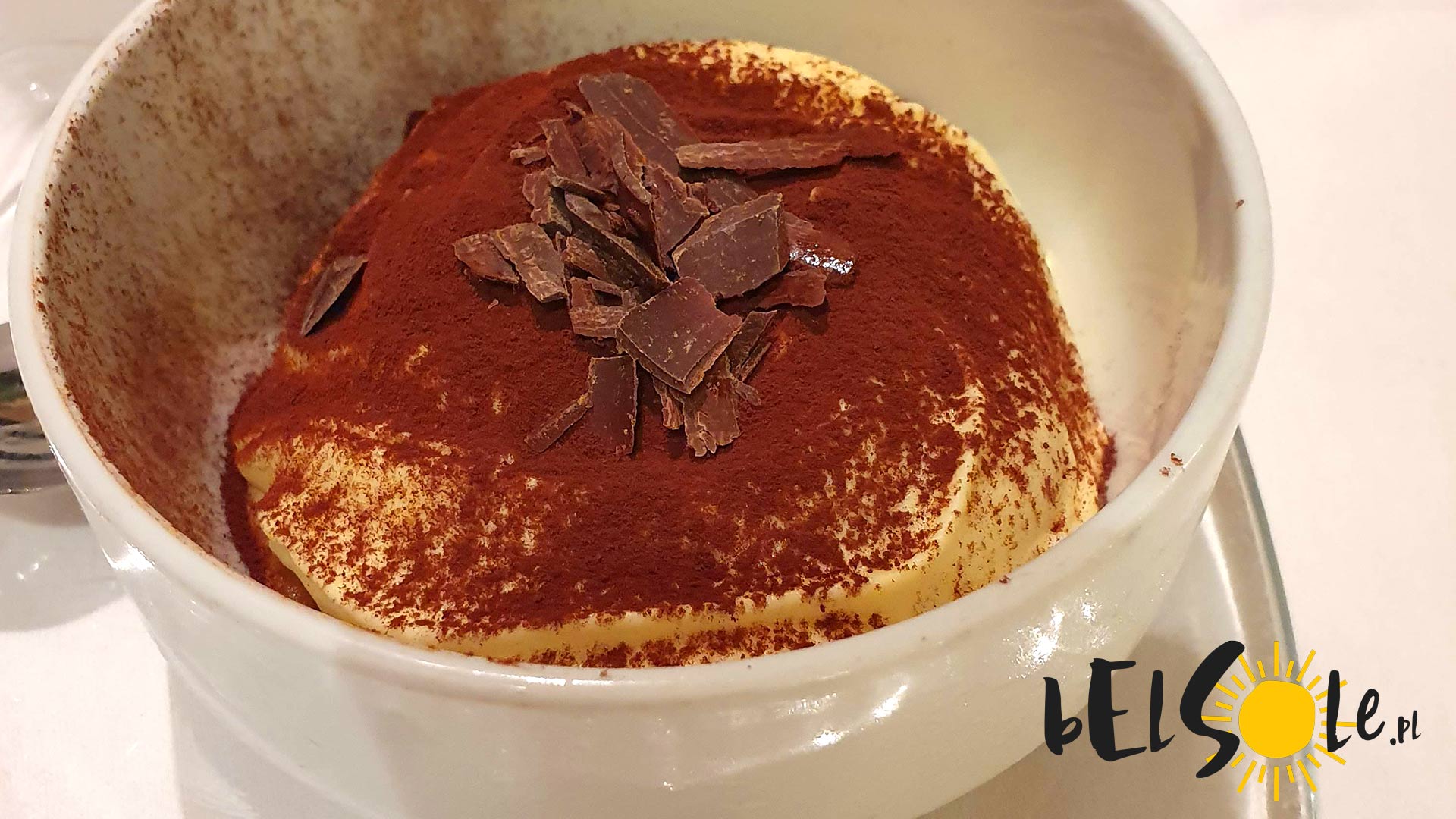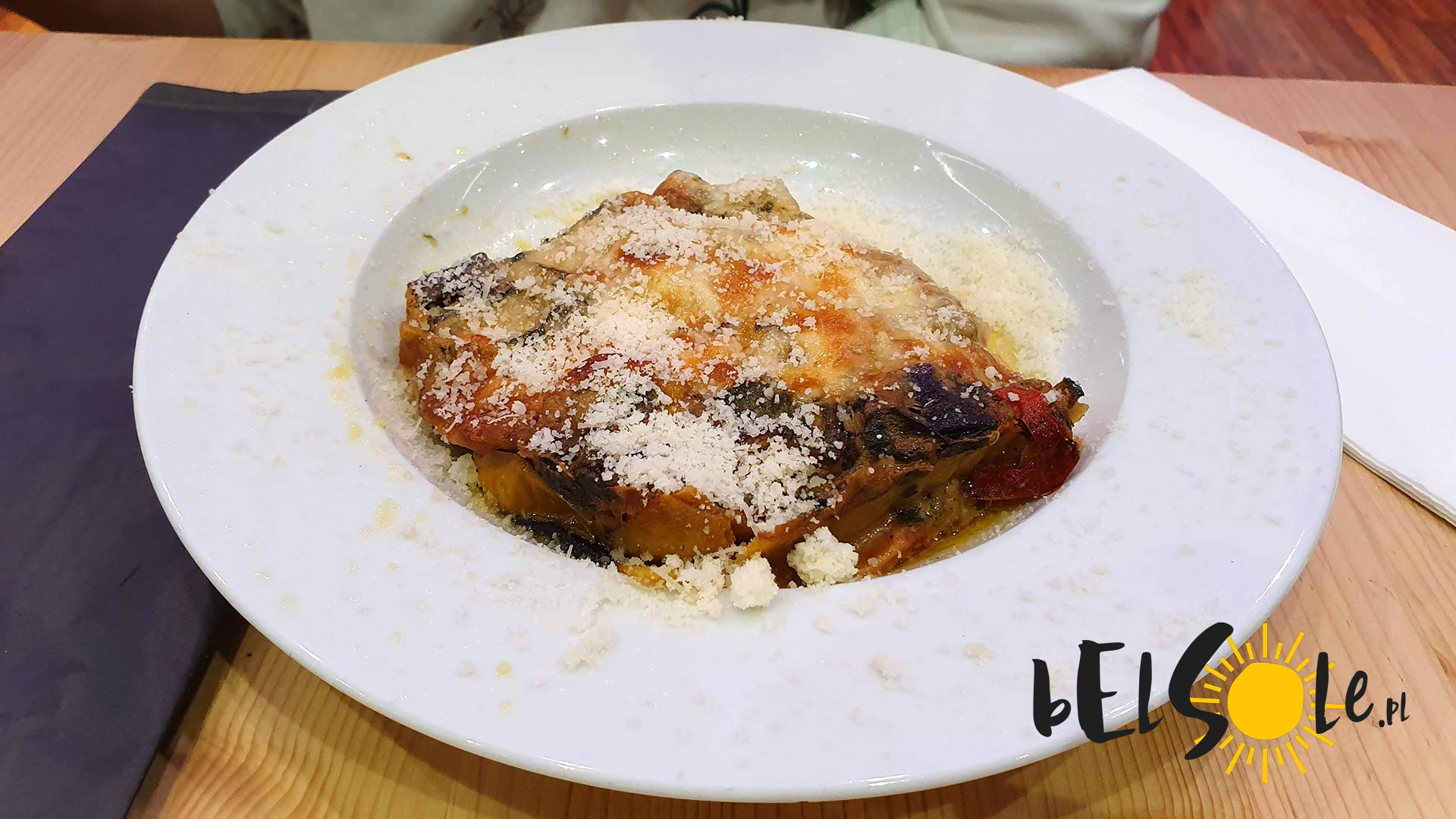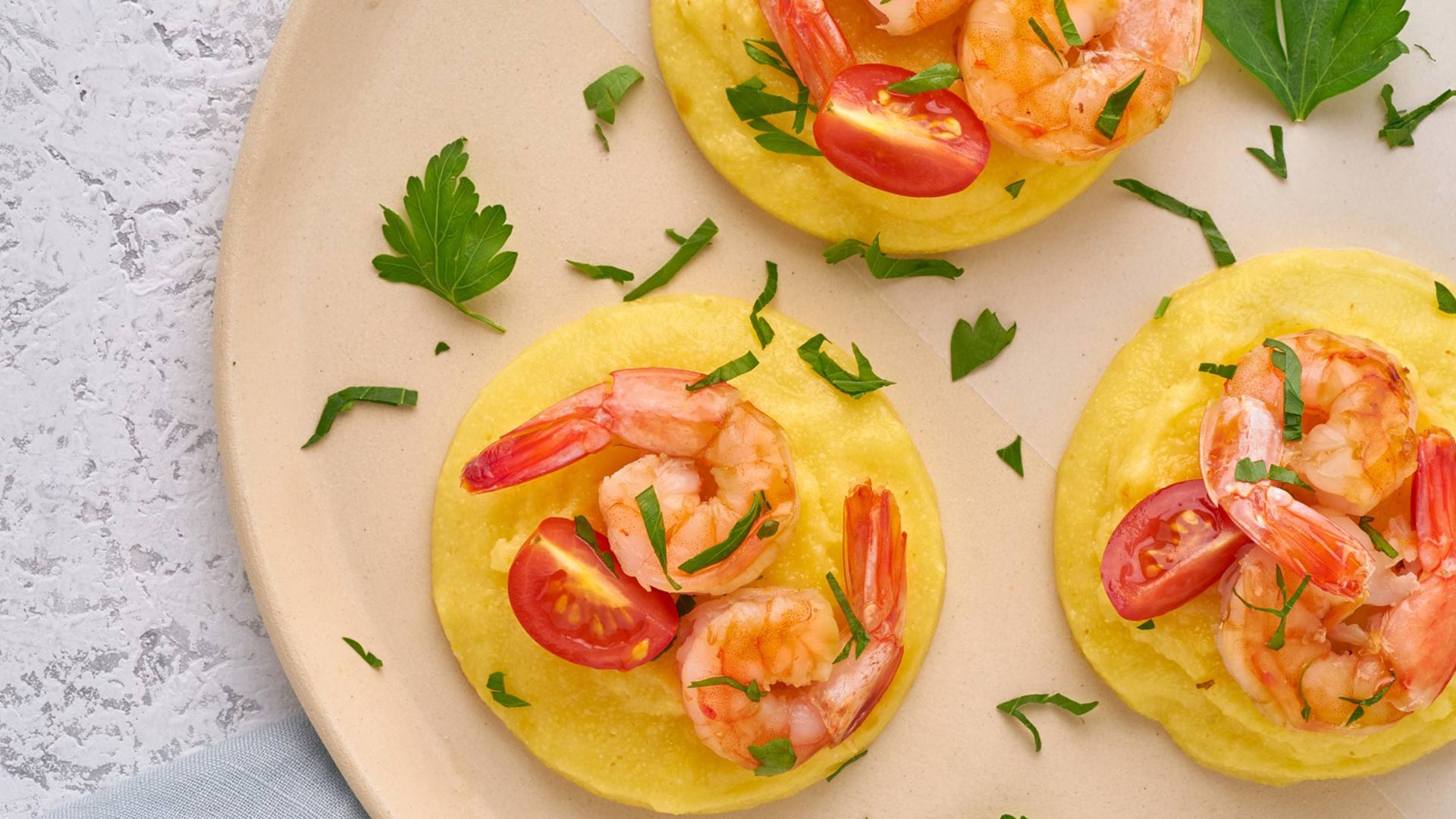If you’re going to Italy, you have quite a lot of wonderful experiences in front of you – beautiful sights, various souvenirs to stock up on and, of course, food. Italian cuisine is world-renowned and for a good reason. But what should you try while in Italy? What can you order in an Italian restaurant? Don’t fret, we’ll give you a few hints.
Pizza

If you don’t know what to start with, Italy’s most famous dish is as good a staple as you can get. Italian pizza varies from region to region – Neapolitan has a thin, soft dough, while Sicilian is a lot thicker and often served rectangular. History of pizza may potentially date back to even the 6th century BC, where Persians baked flatbreads with cheese, though more pizza-like foods appear in records from 19 BC. The word ‘pizza’ was first used in 997 AD, in the town of Gaeta.
The classic Italian pizza you’ll want to find is the Neapolitan pizza – special thin dough, tomato sauce, buffalo mozzarella and basil. This is the classic Margherita. This and many other types of pizza have become one of the most popular foods in the world, with Margherita, Capricciosa, Calzone, Marinara and Formaggi as the top favourites.

Cannoli

Cannoli literally means ‘small tubes’ in Italian, and it’s certainly a fitting name. The cute little tubes are Italian pastries filled with a sweet cream and finished with various toppings. Their origin is certainly Sicilian, though it’s unclear whether it’s from Palermo, Messina or Caltanissetta.
Either way, Cannoli is mainly a dessert or an Italian breakfast. The fried pastry is filled with ricotta with various additions, like a sprinkle of pistachios on top and some cherries. You may also find icing sugar or chocolate. It’s very sweet and lovely.
Arancini
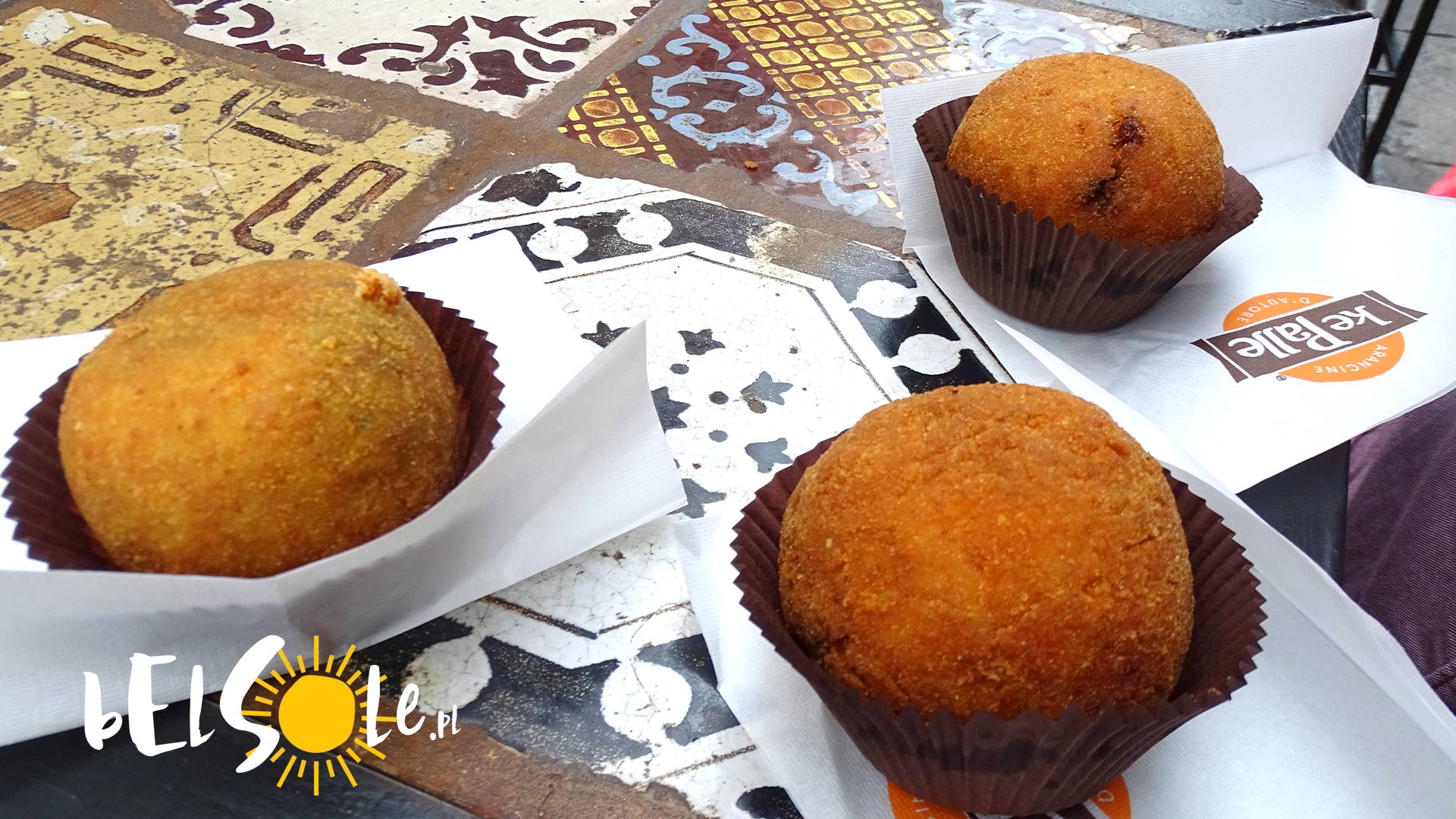
For another treat from Sicily, we also recommend trying Arancini, Sicily’s most popular deep-fried stuffed rice balls. It’s a cheap and quick snack you can find on the streets of Catania or Palermo. They’re often filled with ragu (meat) or fish, though you can realistically fill them with anything you wish.
The likely source of origin for Arakini is the 10th century in Sicily, when Arabs ruled the place, though it’s possible these looked quite different from today. Arancini means orange and we hopefully don’t need to explain to you why. We ate the best Arancini in Palermo, Trapani and Syracuse.
You can learn more about Arancini here!
Lasagna
The first formal recipe for a lasagna appeared in the 14th century, though mentions popped up a century earlier. Either way, we can be sure that Italians came up with the dish. As for the name, it’s likely that it originates from Greek – in Ancient Rome, lasanum (borrowed from Greeks) meant a cooking pot, and Italians used the same name for the pot in which they made lasagna. This later transitioned to the dish itself.
Depending on the region, lasagna is also served differently. In Naples, for instance, you may find sausages, meatballs and even eggs inside of the layers. The basis of lasagna is always layers of pasta intersected by layers of filling. You’ll most certainly find more variations in Italy than at home, so be sure to give it a shot!
Ragù alla Bolognese (not Spaghetti Bolognese)

If you ask for a Spaghetti Bolognese in Bologna, you may be met with odd stares from the waiter. It’s quite funny how the entire world seems to be sure that Spaghetti Bolognese is as Italian as it gets, while Italians don’t even eat Bolognese with spaghetti. Instead, what you’re looking for is Ragu alla Bolognese – meaning the meat-based sauce which Italians typically eat with flat pasta (or you can literally just get the sauce itself).
Gelato

The famous Italian Gelato ice cream most likely had its origins somewhere around the 16th century, though it’s possible that it was present earlier, as a mutation of the classic sherbet from the 9th century. It’s unclear when exactly, but we can be certain that it has been with us for a while.
Gelato literally means ‘frozen’ in Italian, so Italians may understand every ice cream as Gelato. For us, outsiders, Gelato has become a very specific ice cream – less fatty, slightly airier and much stronger in flavour. Traditional flavours include stracciatella, chocolate, vanilla or milk.
Focaccia
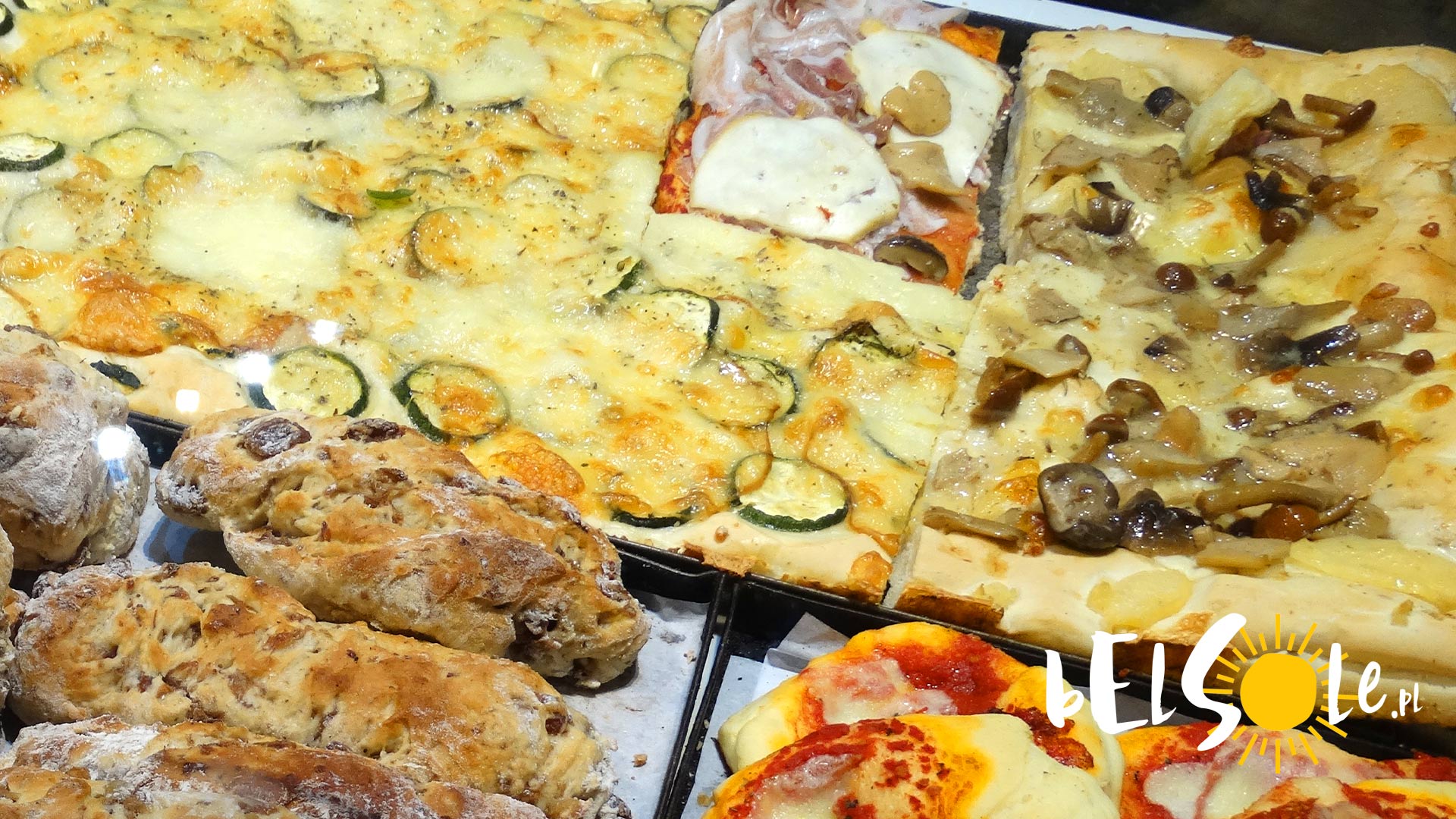
Focaccia is a type of Italian bread usually served with tomatoes, olives and spices. One of the more popular variants is with rosemary, olive oil and coarse salt, though pretty much every region will have its own variations. You’ll also find Focaccia used as pizza nowadays, though that wasn’t exactly it’s intent.
Another variant, Focaccia Dolce, or sweet bread, is served all throughout Italy, though it’s most popular in the north-west. It’s more about sugar, honey and toppings like raisins. Focaccia can be served as an appetiser or as an amuse-bouche (cheque).
Truffle tagliatelle
This is one of the more interesting items on the list, though it’s surprisingly simple. It’s just tagliatelle pasta with black truffles and butter (or sauce). It’s a dish popular in Tuscany, Piedmont and the centre of Italy, meaning the regions abundant in truffles. It’s certainly not a cheap dish, nor should you expect truffles to be cheap, but it’s a wonderful flavour to try at least once. We also recommend the slightly more expensive variant with parmesan cheese.
You can opt for a version with white truffles – 100 grams of white truffles cost around €600-700. Truffles are found by specially trained pigs in the forests of Tuscany, Umbria, Piedmont and other surrounding regions. Truffles were already eaten by the Romans; this ingredient has always been prized on the Italian peninsula. You will find most items with truffles on the menu in Florence or Siena.
Gniochi di zucca
Gnocchi noodles originate from northern Italy. They are made with potatoes, flour and eggs. It is one of the staples of Italian cuisine along with pizza, risotto, pasta and polenta. We decided to include Gnocchi di Zucca, or pumpkin noodles with cheese sauce. It’s a dish popular in northern Italy, in Lombardy, Piedmont and Venice. The dish itself dates back to Roman times, where it was one form of paste – it was only when the potato arrived in Europe that Gnocchi evolved into its present form.
A board of Italian cheeses
This is an excellent way to learn about the nature of the Italian region you are visiting. If you want to experience local cheeses, you should go to a restaurant and ask for a local cheese tasting – establishments will often have this item on the menu. With more than 2,500 types throughout Italy, there is plenty to choose from – these also change based on the season. What kind of cheese to try in Italy? We enjoyed the cheeses from Bari and Brindisi the most.
Panino / Panini

Panino is the singular form of the word panini, which means ‘bread’, though we usually use it to refer to a sandwich. We tend to use panini as a singular form abroad, though panino would be more correct. Like with pizza, each region has its own version of panino. We likely don’t need to introduce sandwiches to you, though the most popular panini in Italy use ham, mozzarella, tomatoes or seafood. We’d highly recommend you try panini in Siena or Cisterino.
Risotto
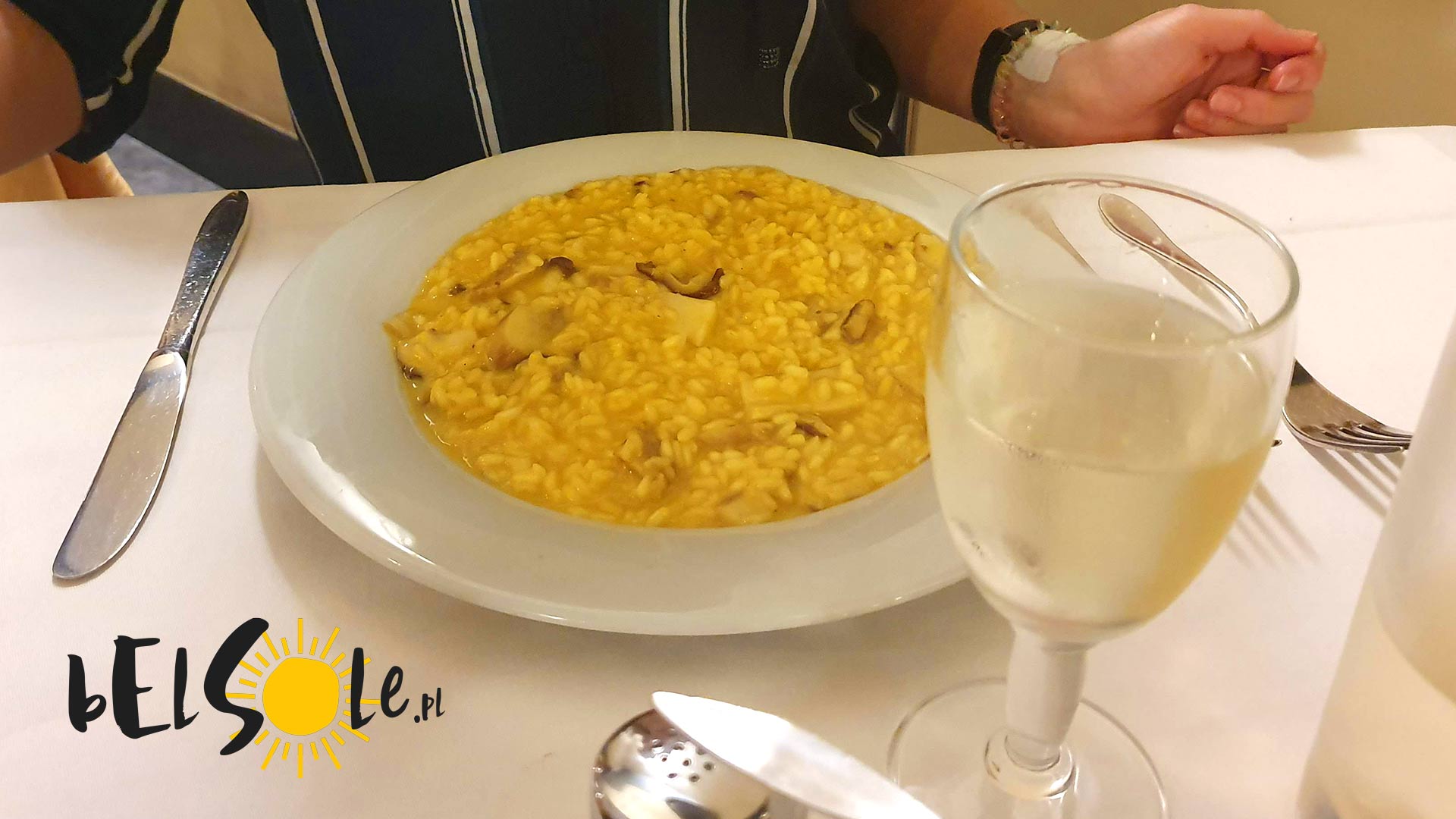
Another staple in Italy, more popular in the north than in the south. Risotto is very well known in Lombardy and Piedmont. Rice has been cultivated in Italy for centuries, though many of the varieties you may find in restaurants today have only been developed in the 20th century. We can find recipes for Risotto as far back as 1854, though other variants with butter, sausages and onions were recorded five decades earlier. For Risotto, we use white rice varieties with high starch and low amylose. This makes the texture of Risotto creamy.
The most popular types of risotto are: Risotto alla milanese, Risotto al Barolo, Risotto al nero di seppia, Risotto alla zucca, Risotto alla pilota, Risotto ai funghi
Tiramisu
This famous cream and coffee dessert originated in Treviso in the Veneto. We’re not too sure on the origin of Tiramisu, though it didn’t appear in cookbooks until the 1960s. The name ‘Tiramisu’ means basically ‘cheer me up’ in Italian – it consists of sponge sticks (what the US may know as lady fingers) with coffee, mascarpone cream, eggs, sugar and cocoa. You may also find variants with alcohol. You may find a similar dessert in Italy called Zuppa Inglese. Though you’ve likely tried Tiramisu in your life already, we highly recommend you give the original Italian a shot too.
Parmigiana
This is one of those Italian dishes over which the north and the south continue to host disputes. The issue is its origins: the two camps are either that it originates in the northern Parma or that it’s from the deep south, where aubergines were more popular. Either way, the dish consists of layers (like lasagna) of breaded eggplant (not like lasagna), tomato sauce, parmesan and basil. It’s served as a starter or main course. Beware, it’s quite fatty.
It’s very popular in the south, including in Sicilian cuisine.
Caponata
Caponata is a distinctive mix of grilled and marinated vegetables in olive oil and tomato sauce, often with pine nuts or potatoes. Caponata is now mainly served as a side dish or appetiser, often with bread. It’s like a more fatty leczo. It’s also often used to accompany meat.
Bistecca alla fiorentina
The famous Florentine steak served on the bone. It’s usually cooked on a grill and served rare. The meat is obtained from the sirloin and resembles a t-bone steak a bit. A portion typically weighs between 450 grams to a kilo and it’s served with beans and/or a salad (and good red wine). The meat must be put on a very hot grill so that the crust forms as soon as possible.
Polenta
And, lastly, something very inconspicuous. Polenta is one of the oldest dishes in the world – it supposedly dates back to ancient Sumerians and Mesopotamia. It’s quite popular in many cultures, including Italy. It was originally prepared using chestnut flour before the introduction of corn flour. It was usually a dish of the poor, requiring very little to prepare. Today, it’s often served with tomato sauce and cheese. It’s popular in Lombardy and Tuscany.
See also:


